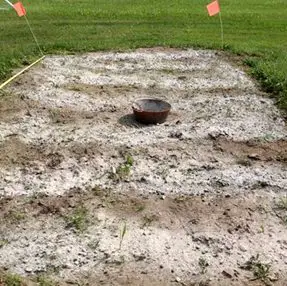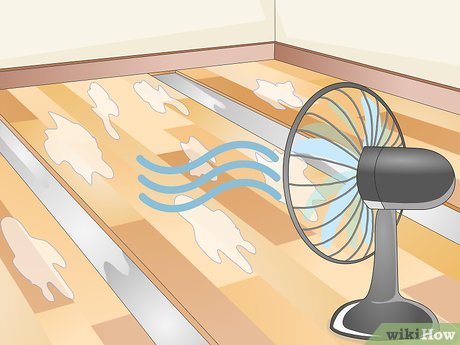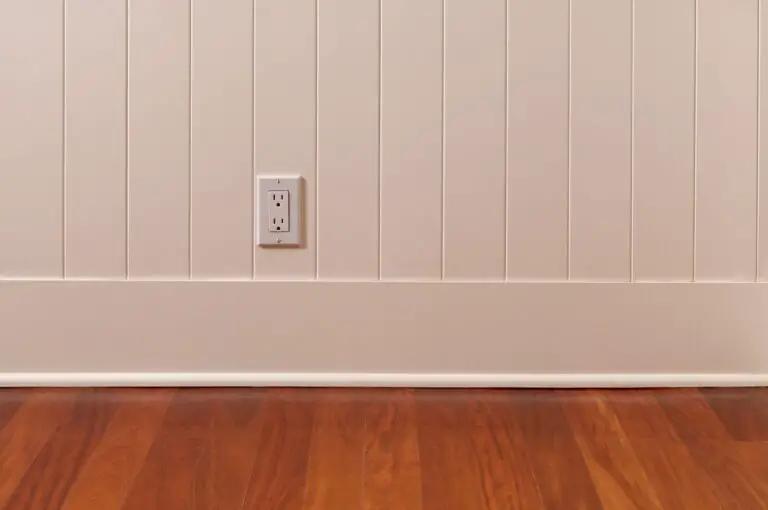Should All Wood Floors Run the Same Direction: Optimal Layout Tips

Credit: realwoodfloors.com
Should All Wood Floors Run the Same Direction?
When it comes to installing wood flooring, the direction in which the planks are laid can have a significant impact on the overall look and feel of the space. Many homeowners and interior designers grapple with the question: should all wood floors run the same direction? The answer depends on a variety of factors, including the layout of the room, the type of wood flooring being used, and the aesthetic preferences of the individuals involved. In this article, we will explore the considerations that should be taken into account when determining the direction of wood floor installation.
Factors To Consider
There are several factors that should be considered when deciding on the direction in which wood floors should run. These include:
- Room Layout: The layout of the room plays a key role in determining the direction of the wood flooring. For example, in a long, narrow room, running the planks parallel to the longest wall can create a sense of spaciousness, while in a square or wide room, running the planks perpendicular to the longest wall may be more visually appealing.
- Architectural Features: Architectural features such as doorways, transitions, and focal points should also be taken into consideration. The direction of the wood flooring should complement these features and create a cohesive flow throughout the space.
- Natural Light: The direction of the wood flooring can also impact the way natural light is reflected in the room. For instance, running the planks perpendicular to the windows can create a sense of movement and draw the eye towards the outside view.
- Visual Impact: Ultimately, the direction of the wood flooring should be chosen based on the visual impact that is desired. Whether the goal is to create a sense of length, width, or visual interest, the direction of the planks can help achieve the desired effect.
Traditional Recommendations
Traditionally, there have been some common recommendations for the direction of wood floor installation. These include:
| Room Type | Recommended Direction |
|---|---|
| Living Room | Parallel to the longest wall |
| Bedroom | Parallel to the longest wall |
| Kitchen | Parallel to the cabinet run |
| Hallway | Lengthwise |
While these recommendations can provide a good starting point, it is important to note that they are not hard and fast rules. The specific layout and features of each individual space should always be taken into account when making the final decision.
Modern Trends And Design Considerations
In recent years, there has been a shift towards more creative and unconventional wood floor installations. Designers and homeowners are experimenting with different patterns, such as herringbone and chevron, as well as non-traditional directions to achieve unique and visually striking effects. These modern trends demonstrate that there is no one-size-fits-all answer to the question of which direction wood floors should run. Each space is unique and requires a thoughtful, individualized approach to achieve the best result.
Conclusion
In conclusion, the decision of whether all wood floors should run the same direction ultimately depends on a variety of factors, including room layout, architectural features, natural light, and visual impact. While there are some traditional recommendations to consider, modern trends and design considerations have opened up a world of possibilities for creative wood floor installations. By carefully assessing the specific characteristics of each space, homeowners and designers can make informed decisions that result in beautiful and functional wood floor installations.
Frequently Asked Questions For Should All Wood Floors Run The Same Direction: Optimal Layout Tips
Why Is It Important To Have Wood Floors Run The Same Direction?
Wood floors running the same direction create a cohesive look and make the space appear larger.
What Factors Should Be Considered When Deciding The Direction Of Wood Floors?
Consider the room’s shape, natural light, entry points, and visual aesthetics before deciding.
Can The Direction Of Wood Floors Affect The Overall Mood Of A Room?
Yes, it can. The direction of the wood floors can affect the sense of tranquility and spaciousness of a room.
What Are The Potential Drawbacks Of Not Running Wood Floors In The Same Direction?
Inconsistent appearance and disrupted flow, creating a less appealing and disjointed overall look.






